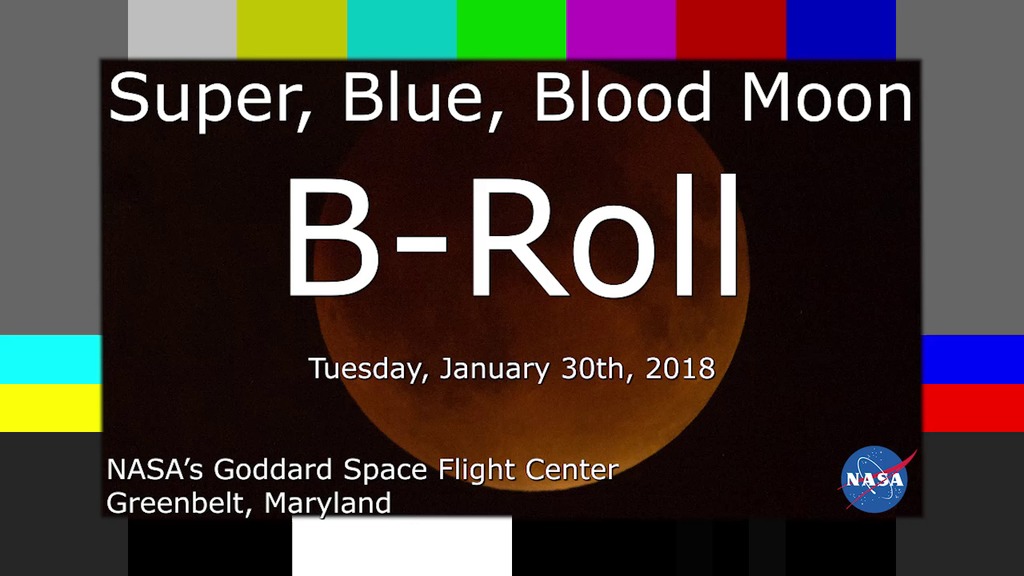January 31, 2018 Total Lunar Eclipse: Shadow View
The Moon moves right to left, passing through the penumbra and umbra, leaving in its wake an eclipse diagram with the times at various stages of the eclipse. TImes are for the Pacific Standard TIme zone.
In the early morning of January 31, 2018, the Moon enters the Earth's shadow, creating a total lunar eclipse, the first since September of 2015. This animation shows the changing appearance of the Moon as it travels into and out of the Earth's shadow, along with the times at various stages.
Alaska and Hawaii are in the best positions in the U.S. to observe the eclipse. Areas west of the Mississippi River see at least part of the total phase, while for those to the east, the Moon sets before the main event begins. Australia, Indonesia, Southeast Asia, China, Mongolia, Russia, Japan, Korea, and India are all well-placed for viewing totality.
The penumbra is the part of the Earth’s shadow where the Sun is only partially covered by the Earth. The umbra is where the Sun is completely hidden. The Moon's appearance isn't affected much by the penumbra. The real action begins when the Moon starts to disappear as it enters the umbra at about 3:48 a.m. Pacific Standard Time. An hour later, entirely within the umbra, the Moon is a ghostly copper color, and this lasts for over an hour before the Moon begins to emerge from the central shadow.
The view in this animation is geocentric. Because of parallax, the Moon's position against the background stars will look a bit different for observers at different locations on the surface of the Earth. The Moon is in the constellation Cancer.
The Moon moves right to left, passing through the penumbra and umbra, at 10 seconds per frame. Frames include an alpha channel.
The star field that appears behind the Moon during the eclipse. The Moon is in Cancer. Because of the narrow field of view, no easily recognized stars are visible here.
Credits
Please give credit for this item to:
NASA's Scientific Visualization Studio
-
Visualizer
-
Ernie Wright
(USRA)
-
Ernie Wright
(USRA)
-
Producer
- Michelle Handleman (USRA)
-
Scientist
-
Noah Petro
(NASA/GSFC)
-
Noah Petro
(NASA/GSFC)
Missions
This page is related to the following missions:Series
This page can be found in the following series:Datasets used
-
DEM (Digital Elevation Map) [LRO: LOLA]
ID: 653 -
DE421 (JPL DE421)
ID: 752Planetary ephemerides
This dataset can be found at: http://ssd.jpl.nasa.gov/?ephemerides#planets
See all pages that use this dataset -
WAC 643nm High Sun Global Mosaic [LRO: LROC]
ID: 803
Note: While we identify the data sets used on this page, we do not store any further details, nor the data sets themselves on our site.
Release date
This page was originally published on Tuesday, January 23, 2018.
This page was last updated on Sunday, February 2, 2025 at 10:36 PM EST.
